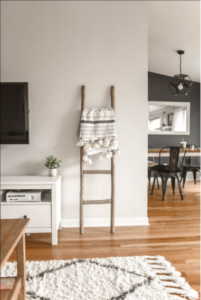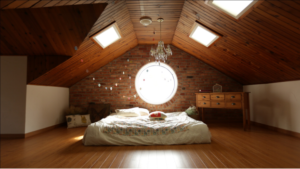Whether you’re remodeling an existing home or are building one from the ground up, we can understand how stressful the process can be. The items and styling designs are ultimately a reflection of who you are. The feelings of love and care with which you create a home are only surpassed by the nerves when you don’t really know how to go about the selection processes for your new flooring.
Hardwood flooring selection and installation can get pretty overwhelming for first-time homeowners. Leaving everything to the contractor isn’t always good idea. Learn the basics of hardwood floors; their types and functions, so you have a better idea on how to customize the ideal flooring in your new home. Once it’s finished, the only thing you should have to worry about is cleaning your hardwood floors.
Here’s what to expect during the initial stages of selection.

1. Pick out a type of wood
Before a hardwood flooring contractor can give you an estimate on their services, they’ll first want to know what kind of wood you like. There are dozens of hardwood species grown in the United States. Some of the most popular flooring types include white oak and black walnut. You can find some elegant hardwood designs here. It’s a good idea to begin collecting photos of floors that inspire you. Share those photos with your contractor and flooring installer so they can make suggestions based on your collection. Need inspiration? View our hardwood gallery for ideas!
2. Flooring specifications
Once you’ve picked your choice of hardwood, you’ll then have to make a plan with your contractor. What rooms will feature wooden flooring? What plank dimensions will suit the overall floor plan? Room size and ceiling height both have a lot to do with what will look the best.
Remember that each type of hardwood will give your home a different look and may or may not be the right selection for your home. For example, solid hardwood is thicker than engineered hardwood and may allow the floor to be refinished more times than an Engineered floor. Engineered hardwood is easier to install and is better suited to kitchen floors and basements where humidity is a concern.
3. Wood inspection
This is where the technical stuff comes in. After you’ve informed your contractor of the material and design that you’re looking for, they’re going to need to take meaurements of the home to find out how many SQ FT you need. Remember to always include at least 10% chop waste in your calculations.
The thing with hardwood flooring is that although it’s relatively durable, it can warp or cup if its installed in an area without proper climate controls. A damp floor can can cause all kinds of issues for the wood. Humid climates near the beach or in southern states will need an Engineered product to help resist humidity related movement.
4. Installation and finishing

The flooring contractor will remove all your personal from the designated flooring area. They will then nail the planks down, sand them, then apply the floor stain and finish you selected. You’ll have to wait several days before you can walk on the newly installed and finished hardwood surface. Sometimes it will be several more days before you can bring heavy furniture back into the home. Its best to discuss this with your flooring contractor before getting started.
If you’re looking for the right wide plank flooring for the first time, begin your search with Oak and Broad. Find an elegant collection of wide plank flooring designs in white oak or black walnut and order a sample for yourself!
Our consultants will be ready to guide you throughout the installation process so you can enjoy a stress-free move in. Call now at (800) 808-0240 or book a no-pressure consultation with our experts here!
